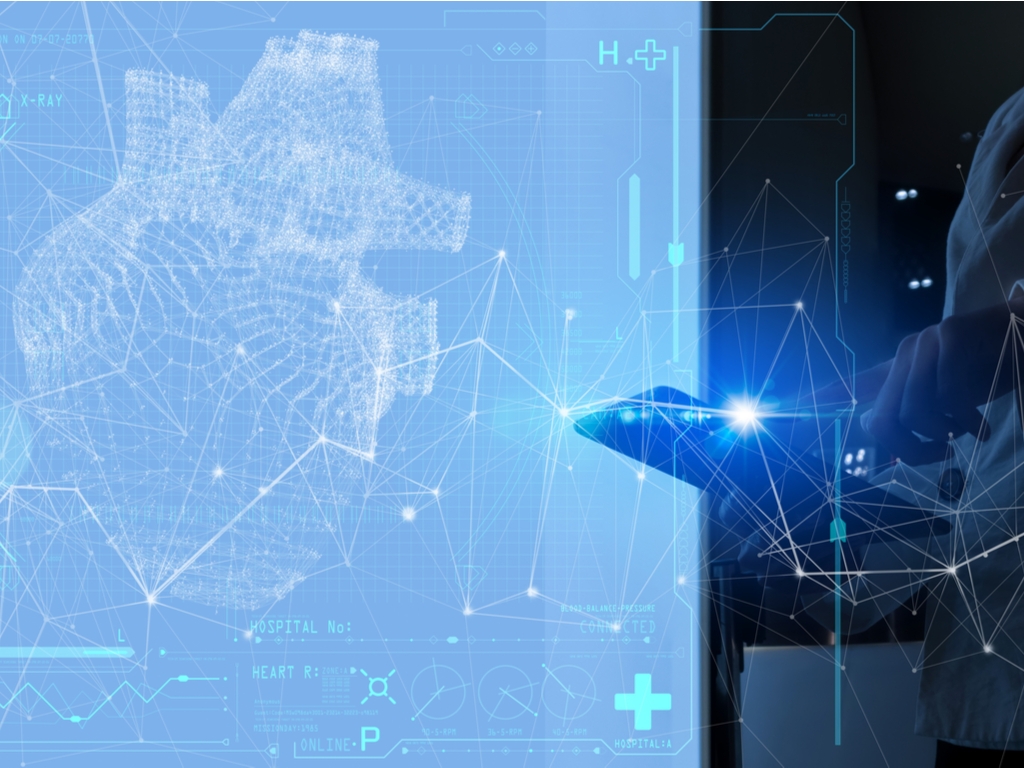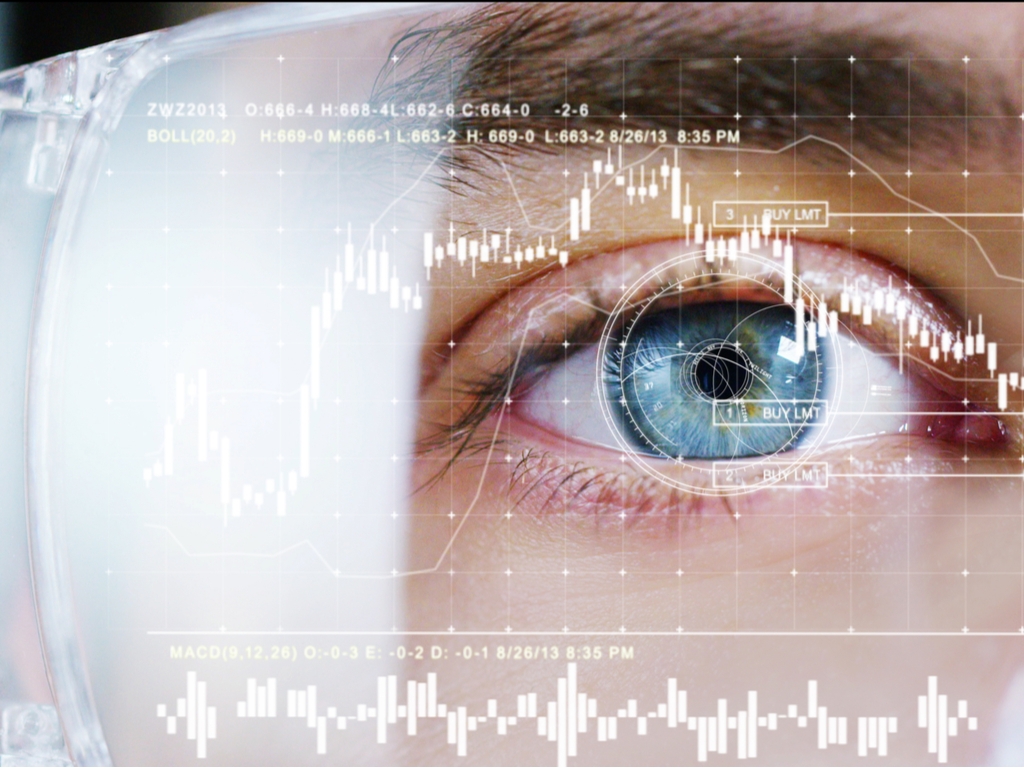Home > Insights > Market Research & Trend Analysis > Why Have Companion Diagnostics Risen in Popularity in Recent Years
Why Have Companion Diagnostics Risen in Popularity in Recent Years
June, 2020

What are Companion Diagnostics?
Companion diagnostics are used broadly in clinical trials as well as in post-commercialized therapies to identify and screen in patients that would respond positively to treatment and screen out those that would have an adverse or no reaction to the intended treatment.
This area of companion diagnostics has been enabled by the discovery of three critical sources of potentially informative biomarkers used in liquid biopsies:
- Circulating tumor cells (CTCs): are released by the body during cancer. CTCs are potentially informative but only in oncology applications.
- Cell Free DNA (cfDNA): has applications in other therapeutic areas including non-invasive prenatal testing (NIPT) checking for genetic variants in pregnant women. The downside of cfDNA is that because it lacks a protective sheath, it may become degraded over time.
- Exosomes: play a critical role in the intercellular communication pathways and are abundant throughout the body (order of magnitude of billions). They are nano-sized cell-like messengers that contain RNA, DNA and proteins. By targeting cell surface proteins, researchers can seek to identify virtually any cell type of exosome.
What are Biomarkers?
It is important to distinguish between what is a source of biomarkers and the biomarkers themselves. According to the National Institute of Health which serves to house the “Biomarker Consortium”, a “biomarker is a characteristic that can be objectively measured and evaluated as an indicator of normal biological processes, pathogenic processes or pharmacological responses to a therapeutic intervention.”
While the presence of CTCs unto themselves can provide information on the health of the individual, there are additional biomarkers that can be extrapolated from the CTCs themselves.
Also, while the mere presence of exosomes is not a biomarker – the information contained within each exosome can serve as a biomarker or signal to the health of the individual.
Funding of Companion Diagnostics by Biopharma Companies
The value of companion diagnostics to biopharma companies is substantial.
Companies like Janssen, Merck and Novartis are working on oncology therapies that are often priced at $85,000 per treatment. They have wisely identified that the way to ensure that they receive regulatory approval for the therapies along with payor reimbursement is to fund the discovery and development of companion diagnostics that can be used in the clinical trial enrollment process as well as post-market approval for approved therapies. Because a payor is more likely to approve reimbursement for a therapy they know can be effective for that particular patient rather than has a 40% probability of success. The math just works.
Liquid Biopsies as Companion Diagnostics
The growing trend within companion diagnostics is in the area of liquid biopsy. Liquid biopsies rely on the capture of genomic information in cells, cell-like and free-floating material found in body fluids such as blood, urine and cerebrospinal fluid. The ability to capture information from liquid biopsies opposed to tissue has opened up a whole realm of possibilities that were previously considered challenging.
To think, liquid biopsies allow doctors to collect blood from a kidney transplant patient every month instead of a tissue biopsy to conduct transplant rejection monitoring (a process in some cases that creates additional stress and trauma to the kidneys that may accelerate the rejection). Other applications for liquid biopsies are in breast cancer treatments, neurodegenerative diseases, liver conditions, cardiopulmonary monitoring and more.
The use of companion diagnostics to both screen-in as well as screen-out the intended use population puts us closer to the realm of personalized medicine to ensure that the therapies that patients are receiving are better suited for the individuals that are receiving them.
By: Kiran Chin


